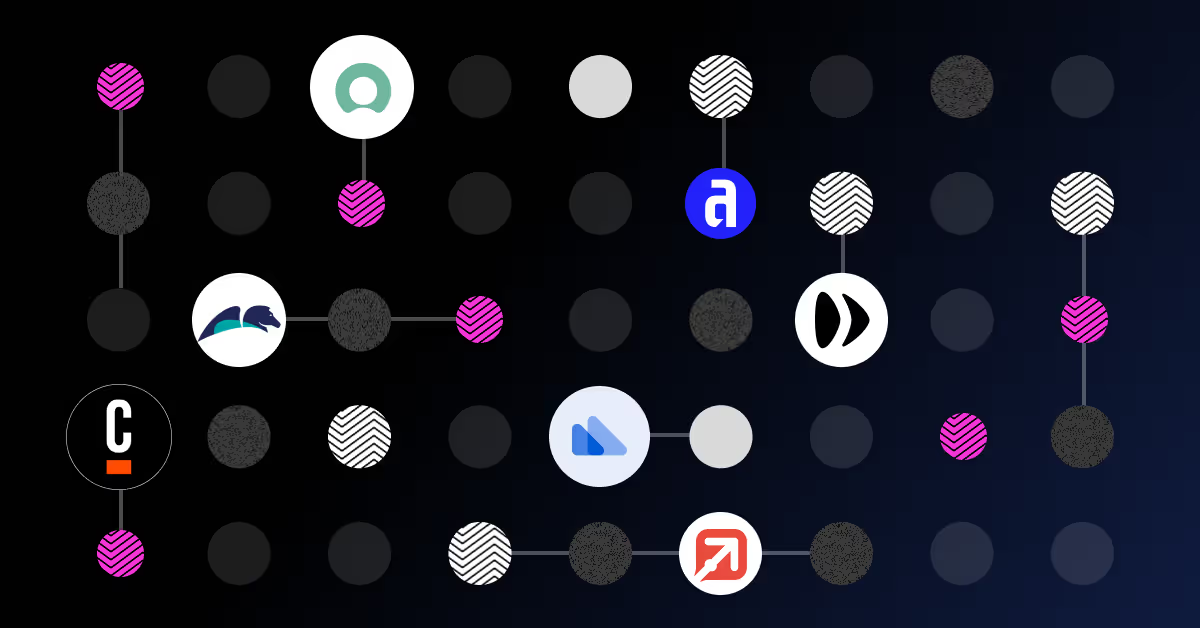Improving operational efficiency in banking
.avif)
The lines between humans and technology are blurring. The introduction of fintech (finance tech) has disrupted financial services with its superior accessibility and innovation. Traditional banking services are scrambling to adjust and retain their hold, with gig economy, cryptocurrency, and blockchain further testing the mettle of the industry.
From the customers' side, there is a rapid shift towards digital banking. Omnichannel support, chatbots, and tailored experiences are just a few of the services that the modern customer demands, and while banks have launched digital banking services, they are yet to achieve end-to-end digital transformation. Especially in back and middle office departments.
What is operational efficiency in banking?
Operational efficiency in banking refers to how smooth and orderly the banking business is run. Considerations for making your banking business more efficient include automating manual processes, visibility of the end-to-end operation and orchestrating the flow of all work.
Digital banking needs transforming
The pandemic accelerated the need for digital banking services and diversified banking into areas such as online deposits, processing, lending, and more. However, this escalation in demand comes with a long list of operational and regulatory challenges.

Digital transformation can address operational challenges and introduce the most-sought after elements; efficiency, agility, and resilience to banking operations. Going completely digital will also enable banks to get rid of old-school paper trails and manual labor. A 2021 McKinsey study found that when automating the account switching process in a European bank, over 70% of applications were paper-based. Out of these, 30-40% contained errors. These kind of inaccuracies affect profits, operational performance and trigger customer dissatisfaction, emphasizing the need for digital transformation in banking.
Banks desperately need assistance in their digital transformation for them to reach their operational and workforce goal potential.
Tools such as workflow automation software can provide the perfect solution in current times.

Improving operational efficiency in banking
Discover a selection of digital transformation tactics that can increase operational efficiency in banking.
Tactic 1: Know your customer (KYC)
Before onboarding a customer, their information needs to be verified under a Customer Identification Program (CIP) and Customer Due Diligence (CDD) record. Manually verifying information from the required documents is time-consuming and error-prone due to momentary lapses, increasing the risk of fraud. Automating this process mitigates risk, reduces internal processing time, ensures compliance, creates an audit trail, and produces a secure ecosystem.
Tactic 2: Employee / customer onboarding
Official customer onboarding is essential to establish trust and create an opportune moment for cross-selling. Too often though, different banking departments have their own onboarding processes, creating confusion among customers. The ever-changing regulations, multiple touchpoints, and extensive paperwork add to their perplexity. Digital onboarding can standardize this process with centralized documentation for a hassle-free onboarding experience.
Tactic 3: Task coordination
Bank managers frequently find themselves at a loss when it comes to organizing rotational shifts, especially during peak hours, where they find themselves overwhelmed by waiting customer queues. However, proper coordination of this process, with a dedicated process automation tool, reforms work allocation, diminishes customer wait times, and boosts customer engagement.
Tactic 4: Meet service level agreements (SLA's)
Banks face challenges in keeping track of customer queries, complaints, etc and end up missing deadlines, thus losing the customer's trust. This is because of the use of cumbersome emails to manage service requests and for internal communication. Emails are repeatedly forgotten, misplaced, or even accidentally deleted. An agile ticket and case management solution can quickly transform this process by actively monitoring requests through service level agreement prioritization.
Tactic 5: Invoice processing
Banks generate a substantial number of invoices for both customers and suppliers, which distracts finance teams from other core priorities. Invoices continue to be manually processed, sacrificing time and money while increasing errors and processing times. However, implementing an invoice management solution helps reduce errors, processing times, and money, on top of improving visibility.
Tactic 6: Integrating new technology and legacy systems
Core banking processes still depend on legacy systems. But the pandemic has made organizations realize the importance of resilience in operations. Except compatibility remains the biggest threat. Organizations need cutting-edge technologies that can be integrated on top of their existing legacy systems i.e. a technology-agnostic platform to fix this predicament.
Tactic 7: Intelligent automation
In banking, all the repetitive and rule-based tasks are left to automation. But despite their efficiency, bot technologies lack human judgment and are vulnerable to exceptions. Also, organizations have trouble deciding on the right technology for automating the right process. Other drawbacks include sub-optimal work hand-offs, poor exception handling, multi-vendor incompatibility, lack of scalability, etc. – all of which contribute to the failure of intelligent automation. When it comes to using digital workers (bots) in your business, it's always best to have a human on hand to troubleshoot if something goes wrong.
An agile process automation platform while keeping humans in the loop is an apt solution to address the problems covered in this blog.
Banking Orchestration Solutions

EY x Enate Case Study
About us
Enate is an end-to-end workflow platform that enables you to organise your operations and become smarter, faster and more agile. View, manage and track operational workflows, identify automation opportunities and ensure the right work gets to the right human (or bot), on time.







